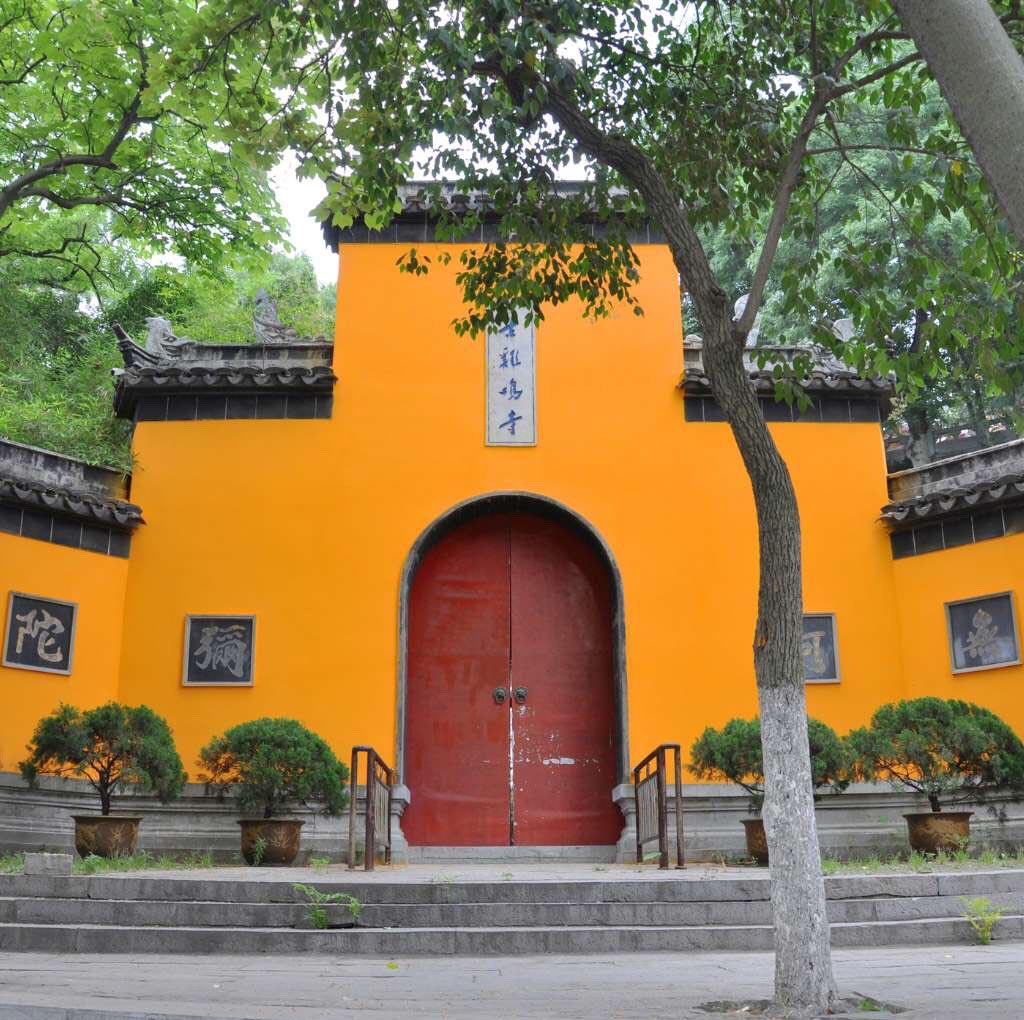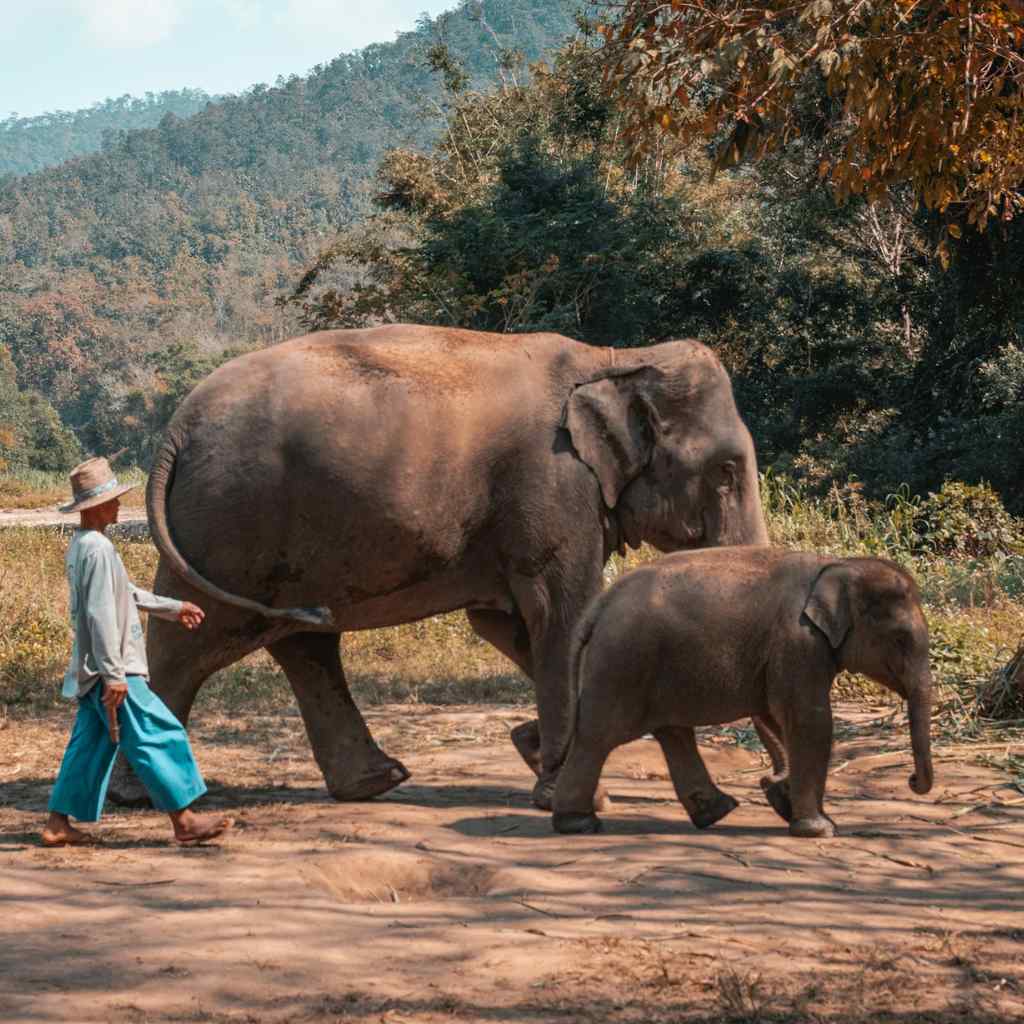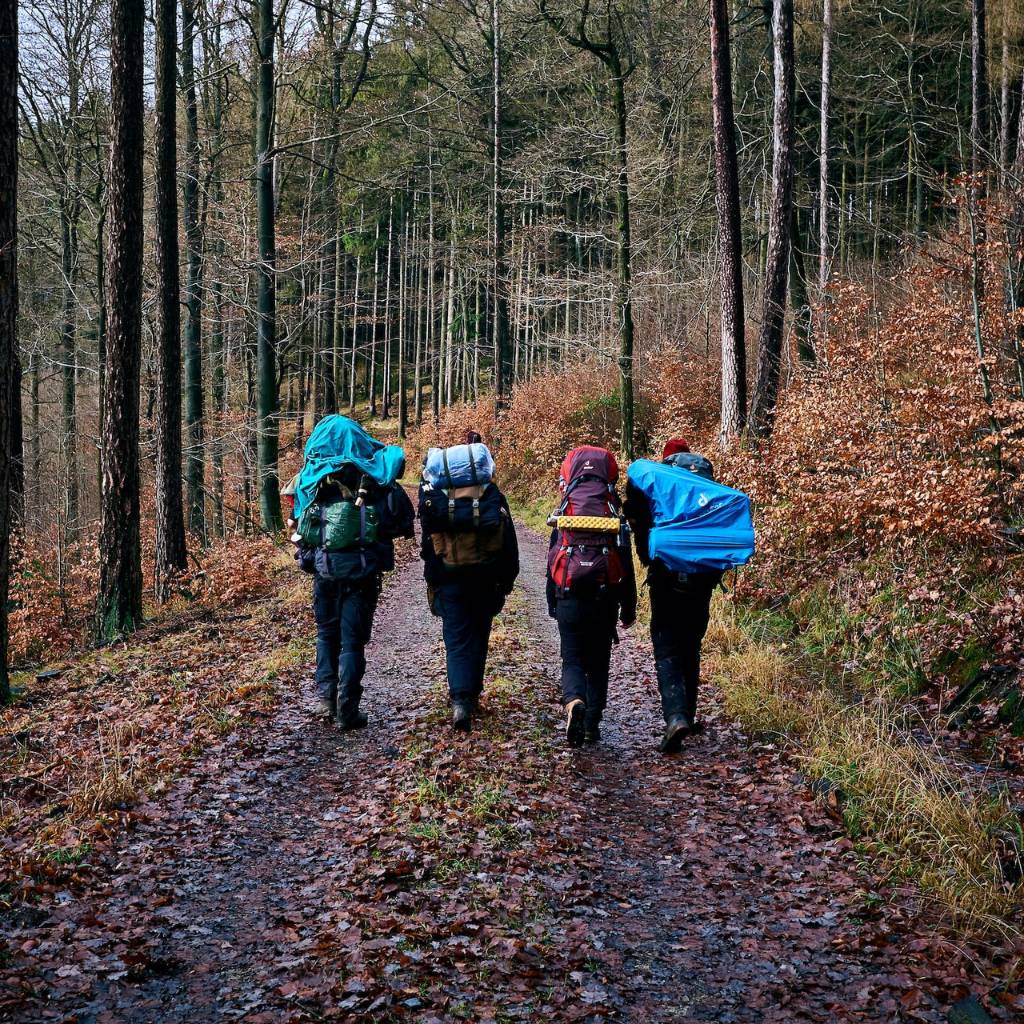Nanjing, the capital of Jiangsu Province, is one of China’s most historically and culturally rich cities. With a history that spans over 2,500 years, Nanjing has served as the capital of several Chinese dynasties, leaving behind a legacy of historical sites, beautiful landscapes, and a unique cultural heritage. This article takes you on a journey through Nanjing, highlighting its key attractions, history, and modern-day charm.

Historical Significance
Nanjing’s history as a political and cultural center dates back to the Eastern Zhou Dynasty (770-256 BC). It became particularly significant during the Six Dynasties period (220-589 AD) when it was the capital of six successive Chinese dynasties. The city regained prominence during the Ming Dynasty (1368-1644 AD) when it was the capital of China before the capital was moved to Beijing. During the Republic of China period (1912-1949), Nanjing again served as the capital.
Key Historical Sites
1. The City Wall of Nanjing
Constructed during the early Ming Dynasty, the City Wall of Nanjing is one of the largest city walls ever built. Spanning over 35 kilometers, it once protected the city and is a testament to ancient Chinese engineering. Visitors can walk along sections of the wall, offering panoramic views of the city and a sense of its historical grandeur.
2. Sun Yat-sen Mausoleum
Located at the foot of the Purple Mountain, the Sun Yat-sen Mausoleum is the final resting place of Dr. Sun Yat-sen, the founding father of modern China. The mausoleum’s architecture combines traditional Chinese and modern styles, symbolizing the transition from imperial rule to a republic. The site is both a place of reverence and a popular tourist attraction.
3. Ming Xiaoling Mausoleum
The Ming Xiaoling Mausoleum is the tomb of the Hongwu Emperor, the founder of the Ming Dynasty. This UNESCO World Heritage Site is nestled in the scenic foothills of the Purple Mountain. The mausoleum complex, with its intricate stone carvings and serene setting, provides insight into the grandeur of the Ming Dynasty.
4. Confucius Temple (Fuzimiao)
Fuzimiao, or the Confucius Temple, is a cultural hub in Nanjing. Originally built in 1034, it has been reconstructed several times. The temple complex includes beautiful gardens, historic buildings, and a bustling pedestrian area filled with shops, restaurants, and traditional performances. It offers a blend of historical reverence and lively modern-day activity.
Modern Attractions
1. Xuanwu Lake
Xuanwu Lake, located near the city center, is a picturesque spot ideal for relaxation and leisure. The lake is surrounded by parks, temples, and pagodas, making it a popular destination for both locals and tourists. Visitors can rent boats, enjoy a picnic, or simply stroll along the scenic pathways.
2. Nanjing Museum
As one of China’s largest museums, the Nanjing Museum boasts an extensive collection of artifacts that showcase the region’s history and culture. From ancient pottery and jade carvings to contemporary art, the museum offers a comprehensive overview of China’s rich heritage.
3. Presidential Palace
The Presidential Palace, a key site in China’s modern history, served as the office of the President of the Republic of China. Today, it is a museum where visitors can explore the preserved offices, gardens, and exhibitions that detail China’s political history in the early 20th century.
4. Nanjing Yangtze River Bridge
An iconic symbol of Chinese engineering prowess, the Nanjing Yangtze River Bridge is the first double-decked road-rail truss bridge designed and built by China without foreign assistance. It offers stunning views of the Yangtze River and stands as a monument to the nation’s industrial achievements.
Cultural Experiences
1. Nanjing Massacre Memorial Hall
The Nanjing Massacre Memorial Hall commemorates the victims of the Nanjing Massacre, a tragic event during the Second Sino-Japanese War. The memorial hall serves as a solemn reminder of the atrocities and a place for reflection and education about this dark chapter in history.
2. Traditional Cuisine
Nanjing is renowned for its culinary delights, particularly its duck dishes. Nanjing salted duck, with its tender meat and rich flavor, is a must-try. Other local specialties include duck blood soup, tangbao (soup dumplings), and yanshui ya (brined duck). Exploring Nanjing’s food scene offers a delicious glimpse into its cultural traditions.
3. Qinhuai River
The Qinhuai River, often referred to as the “lifeblood of Nanjing,” has been a vital part of the city’s history and culture. Taking a boat ride along the river, especially at night, provides a scenic and romantic view of the city’s illuminated buildings and historic sites along the riverbanks.
Natural Beauty
1. Purple Mountain (Zijin Shan)
Purple Mountain is a prominent feature in Nanjing’s landscape, offering lush forests, historical sites, and stunning views. It’s a popular destination for hiking, with trails leading to attractions such as the Sun Yat-sen Mausoleum and the Ming Xiaoling Mausoleum. The mountain is also home to numerous ancient temples and observatories.
2. Niushoushan Cultural Park
Niushoushan Cultural Park is a serene area known for its natural beauty and cultural significance. The park is home to the Niushou Mountain Buddha, a grand structure that includes a temple, pagoda, and museum. The combination of natural landscapes and cultural heritage makes it a tranquil retreat from the bustling city.
Modern Nanjing
In addition to its historical and cultural richness, Nanjing is a vibrant modern city. Its economy is thriving, with a strong presence in education, research, and technology. Nanjing is home to several prestigious universities, including Nanjing University, contributing to its reputation as an educational hub.
The city’s infrastructure is well-developed, with efficient public transportation, including an extensive subway system, making it easy to explore all that Nanjing has to offer. The blend of modern amenities and historical charm makes Nanjing an appealing destination for travelers.
Visa to China
Most foreign visitors to China, including those traveling to Nanjing, need a visa. The specific type of visa required depends on the purpose of your visit, such as tourism, business, study, or work.
It’s essential to verify the most current visa requirements through here and procedures with the Chinese embassy or consulate in your country, as regulations can change. Planning ahead and ensuring you have all the necessary documentation will help make your trip to Nanjing smooth and enjoyable.
Conclusion
Nanjing is a city where history and modernity coexist harmoniously. Its rich historical legacy, cultural treasures, and natural beauty make it a captivating destination. Whether you’re strolling along the ancient city walls, savoring local delicacies, or exploring modern museums, Nanjing offers a unique and enriching experience. As you plan your visit, take the time to immerse yourself in the stories and sites that have shaped this remarkable city.





Add a Comment